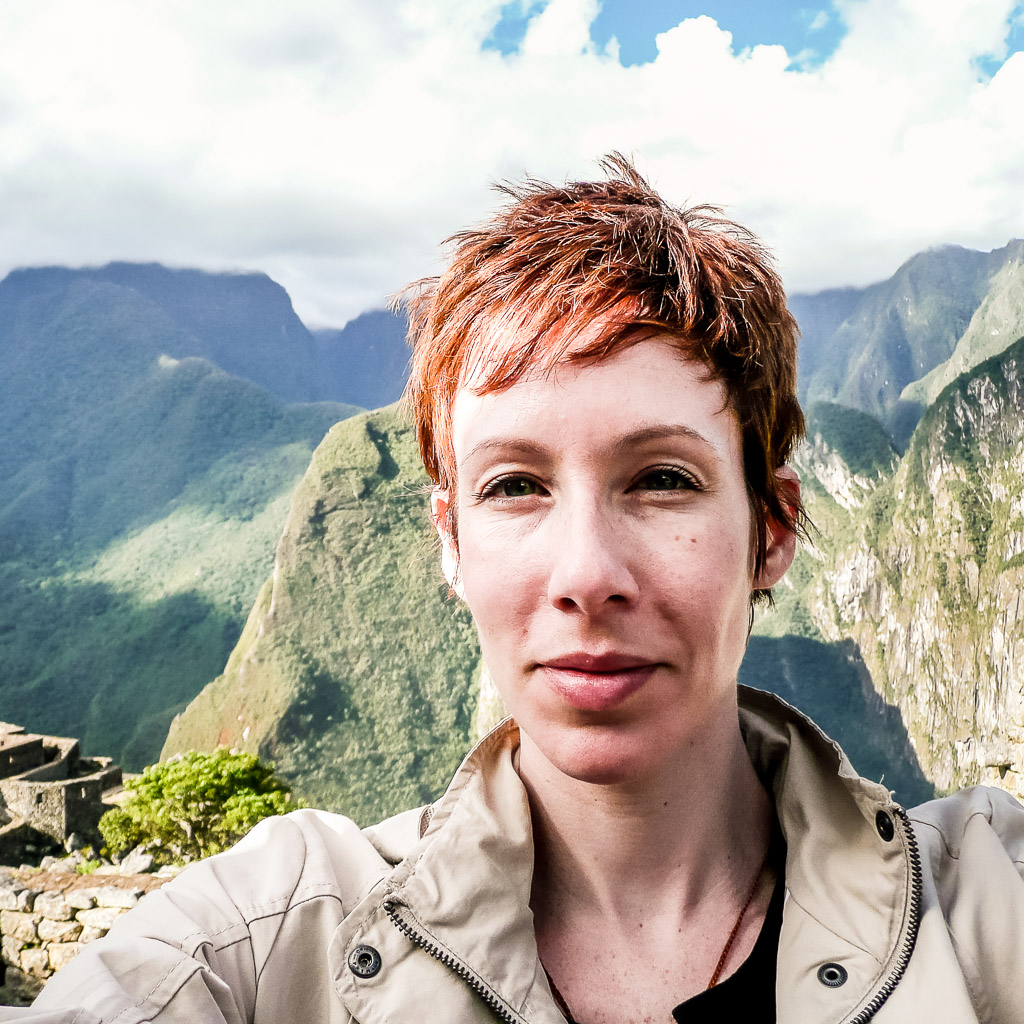
Rewilding isn’t always without controversy. But on Svalbard, Norway has completed the country’s largest-ever rewilding campaign by leveling a former mining town. The goal? To let polar bears thrive.


Rewilding isn’t always without controversy. But on Svalbard, Norway has completed the country’s largest-ever rewilding campaign by leveling a former mining town. The goal? To let polar bears thrive.
For over 100 years, Scandinavians mined coal around Sveagruva, Svalbard. Now, nearly all traces of the town’s industrial history have been cleared away, paving—or, perhaps, unpaving?—a fresh habitat for polar bears and Arctic foxes to return and thrive.
So far, it seems to be a success. The project is the biggest rewilding endeavor in Norwegian history, and polar bear, reindeer, and fox populations are wandering back into what was once their natural habitat.
“There is less and less untouched nature in the world, and the restoration of nature and ecosystems is, therefore, one of the most important goals in the new global nature agreement,” said Climate and Environment Minister Espen Barth Eide, according to the Good News Network. “The clean-up in Sveagruva is an important contribution to this.”
The rewilding effort involved weeks of photographing and scanning the entire town, so that future tourists will be able to explore a 3D model of it at a nearby outpost after it’s gone. Then, all structures—with the exception of a handful of historic buildings dating back to 1946—were dismantled. The terrain now appears untouched, and rivers have begun to return to their original, wild courses, according to a government press release about the efforts. Even the polar bears can’t tell there used to be a town of 300 residents here, it says.
Rewilding is the practice of rehabilitating swaths of land to their natural states. While it’s not possible to return land to the state is was in before human intervention, attempting to remove and minimize human interference on land can employ different measures. In some cases, rewilding involves little more than stepping back to let the trees and weeds take over—you could do this in your own backyard. It can also involve re-planting native trees and plants, removing human structures, and repopulating the land with native animal species. Svalbard seems to be celebrating its return to its pre-mining state, but these projects aren’t always met with such celebration or universal appeal.
Large-scale rewilding projects can often involve years of policy debate and legislation delays, and even public outcry. The United States has long been rehabilitating Superfund nuclear waste sites into wildlife refuges, which can take years of hazardous cleanup and bureaucratic nightmares that drag out the timeline. One Colorado clean-up site that’s now the Rocky Mountain Arsenal National Wildlife Refuge cost USD$2.2 billion and two decades to rehabilitate, without a surefire guarantee that no nuclear waste is present on the landscape.
Reintroducing locally-extinct animals to return landscapes to pre-human status can also bring red tape and controversy. In Scotland, for example, there’s a fierce debate about whether to reintroduce lynxes in an effort to naturally police an overabundant deer population. Centuries ago, they—along with all other natural predators of deer—were hunted to extinction. Without predators or substantial hunting, deer have now overrun old-growth forests and thwarted new growth, preventing new trees from surviving long enough to replace those that die. But lynxes could also threaten livestock and are a perceived risk to walkers unaccustomed to worrying about wildlife on an island that hasn’t had big game for centuries.
The Svalbard project involved cleaning up toxic contamination, removing mining and transportation infrastructure including roads, and trying to return the glacial landscape to its most natural form possible. At a website aimed at tourists, you can see where a stream now flows, replacing what had been a road in just 2019. If you didn’t know it was an ‘after’ photo, you could be forgiven for thinking it was a ‘before humans’ snapshot.
In Svalbard, habitat rehabilitation is ultra-pressing. The Arctic archipelago is the fastest-warming region on Earth and recently experienced record-breaking summer temperatures hotter than those in Paris on the same day. Polar bears are rapidly losing access to sea ice they once called home. And as Longyearbyen, Svalbard’s main town, turns away from mining toward wildlife tourism as a more sustainable source of income, preserving the polar bear habitat is becoming a priority.
“Longyearbyen is rapidly moving away from a history of trapping and coal mining and towards a future of tourism and Arctic research,” scientist Larissa Thelin said in an interview about a pop-up Polar Bears International outreach project in Svalbard this summer. “It’s the outdoor activities that draw in the majority of Svalbard’s visitors.”
***
Adventure.com strives to be a low-emissions publication, and we are working to reduce our carbon emissions where possible. Emissions generated by the movements of our staff and contributors are carbon offset through our parent company, Intrepid. You can visit our sustainability page and read our Contributor Impact Guidelines for more information. While we take our commitment to people and planet seriously, we acknowledge that we still have plenty of work to do, and we welcome all feedback and suggestions from our readers. You can contact us anytime at hello@adventure.com. Please allow up to one week for a response.

Kassondra Cloos is a travel journalist from Rhode Island living in London, and Adventure.com's news and gear writer. Her work focuses on slow travel, urban outdoor spaces and human-powered adventure. She has written about kayaking across Scotland, dog sledding in Sweden and road tripping around Mexico. Her latest work appears in The Guardian, Backpacker and Outside, and she is currently section-hiking the 2,795-mile England Coast Path.







Can't find what you're looking for? Try using these tags: